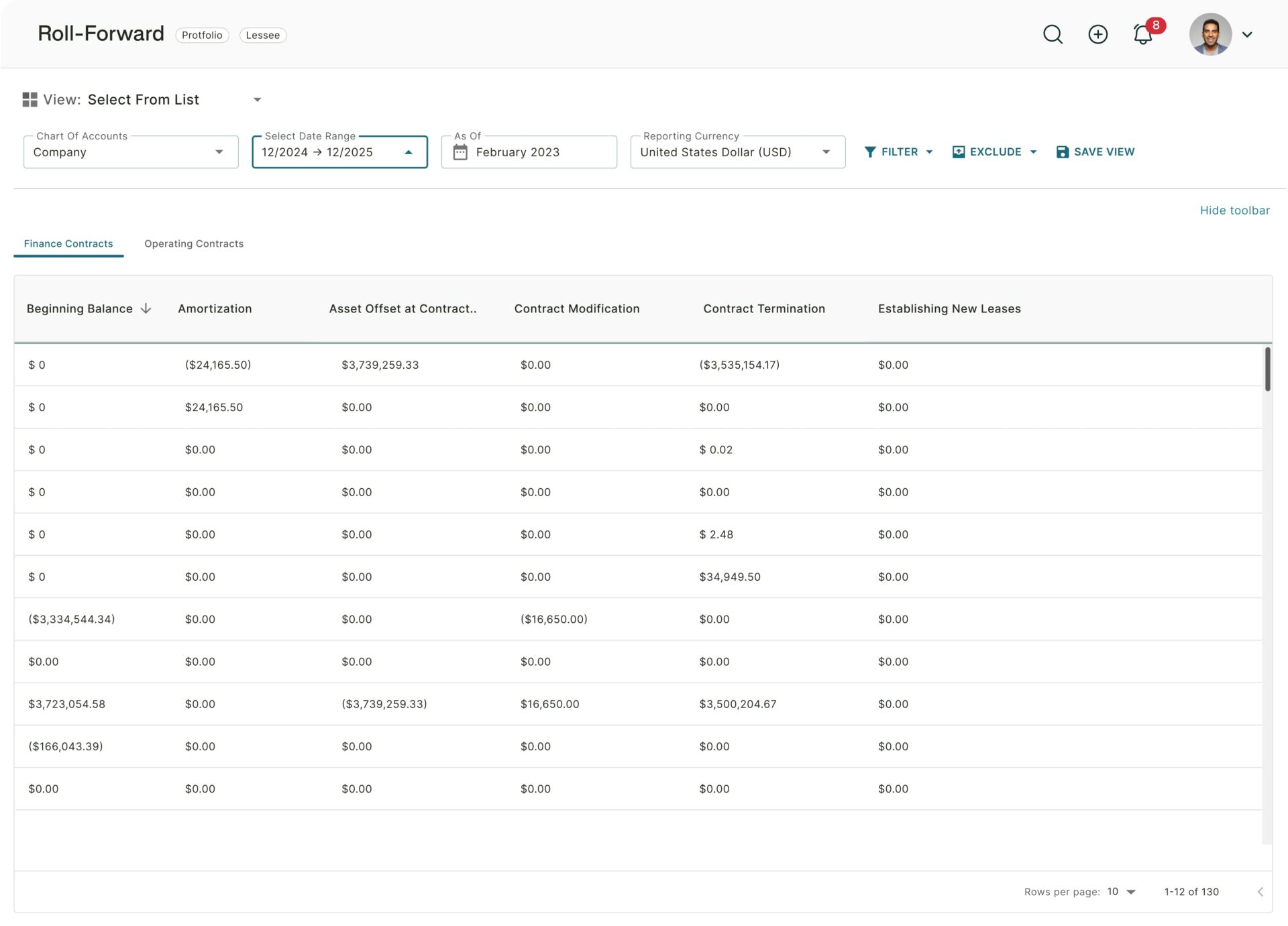Introduction
Accounting errors might sound like clerical mistakes that can be fixed just as easily as they are made. However, the polar opposite is true: accounting errors can have serious negative real-world consequences.
These consequences can range from regulatory fines to a cost in human lives. And if that sounds overly dramatic, just read on.
We’ll look at these impacts through the prism of two recent headlines and prove that old systems and antiquated ways of thinking are tremendous liabilities, especially when these invariably lead to accounting mistakes made at scale.
Case 1: Congress, an accounting error, and the war in Ukraine
According to the Pentagon, the United States overvalued aid to Ukraine by an eye-watering $6.2bn. This accounting error meant that equipment that could have been sent by the US to its allies was not sent at all, no doubt carrying a very real human cost.
How did this happen? In a “significant number of cases” military officials valued the equipment at its replacement value, not at the value of the equipment itself. This artificially drove up the “value” of the military aid packages provided and led to the incorrect assumption that more funding had been given than was actually transferred.
As House Foreign Affairs Chairman Michael McCaul and House Armed Services Chairman Mike Rogers noted, “These funds could have been used for extra supplies and weapons for the upcoming counteroffensive instead of rationing funds to last for the remainder of the fiscal year.”
Clearly, the methods being used by the military to value weaponry and other equipment are not up to date, and this dated way of thinking is costing everyone.
While somewhat extreme, this is an example of the impact an accounting error resulting from outdated methodologies can have. Moreover, the magnitude of the numbers involved shows what happens when these mistakes get extrapolated at scale.
Case 2: Wirecard and poor controls
Not so long ago, Wirecard was worth €24bn and was the darling of Europe’s fintech scene. With the dust starting to settle after the company’s implosion in 2020, it’s becoming clear that old systems and old ways of thinking were massive contributors to the failure of controls that ultimately took down the company.
How is it that half of its €2bn in annual revenue actually did not exist? Or that auditors were persuaded that cash reserves were significant until it came out that €1.9bn was nowhere to be found? And all this in an age of technology, automation, and instant communication.
The answer is that this technology was not harnessed to implement the controls necessary to ensure the validity, accuracy, and completeness of accounts. Once again, not moving with the times and being ostensibly “conservative” with financial management workflows left the company exposed to more risk than ever.
Ticking boxes or addressing risks?
This thinking can impact finance professionals in specific ways, as we live in a highly regulated environment – one in which regulation compliance can overshadow our equal duty of good judgment.
For example, with a major focus on GAAP compliance, is there less focus on current real-world risk? For example, do we consider a diversity of customer volumes or the influence of media sentiment and broader digitization on a company’s health? Might there be too many “checking boxes” to satisfy SOX compliance, for instance, versus actually thinking about the big picture in terms of why this is being done and what is being achieved?
Case in point: SVB was technically “checked,” and its ratios and liquidity metrics were known. And yet financial disaster was only narrowly averted, showing that being stuck in dated regulatory paradigms is just not enough in the modern business environment.
Throw in scale, and you have the perfect storm
What makes many of these examples particularly worrying is the element of scale. Volume, interconnectedness, and automation are part of commerce today.
One mistake, one outdated paradigm, and the results can be catastrophic.
On the positive side, however, these very same elements are part of the solution: by embracing change and embracing the data volumes, interconnectedness, and automation that we have access to today, organizations can future-proof their business and set themselves up to be tomorrow’s market leaders.
To learn more about incorporating these elements into your finance function, get in touch with the Trullion team today.










